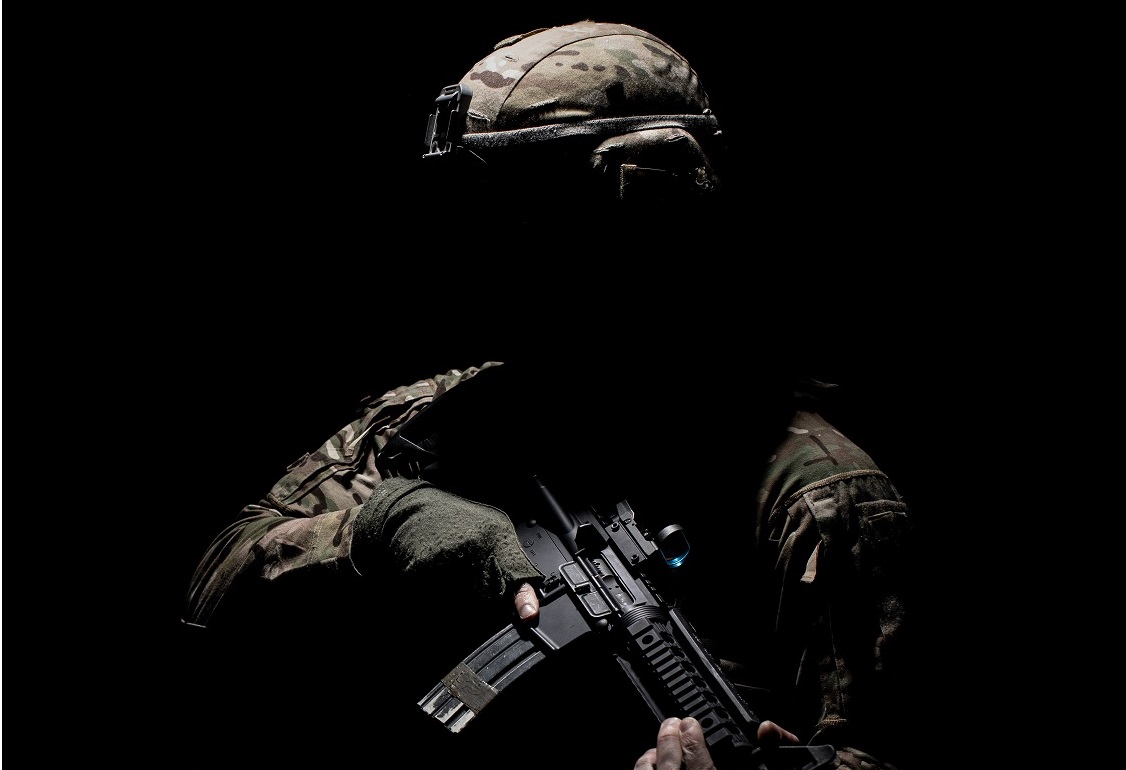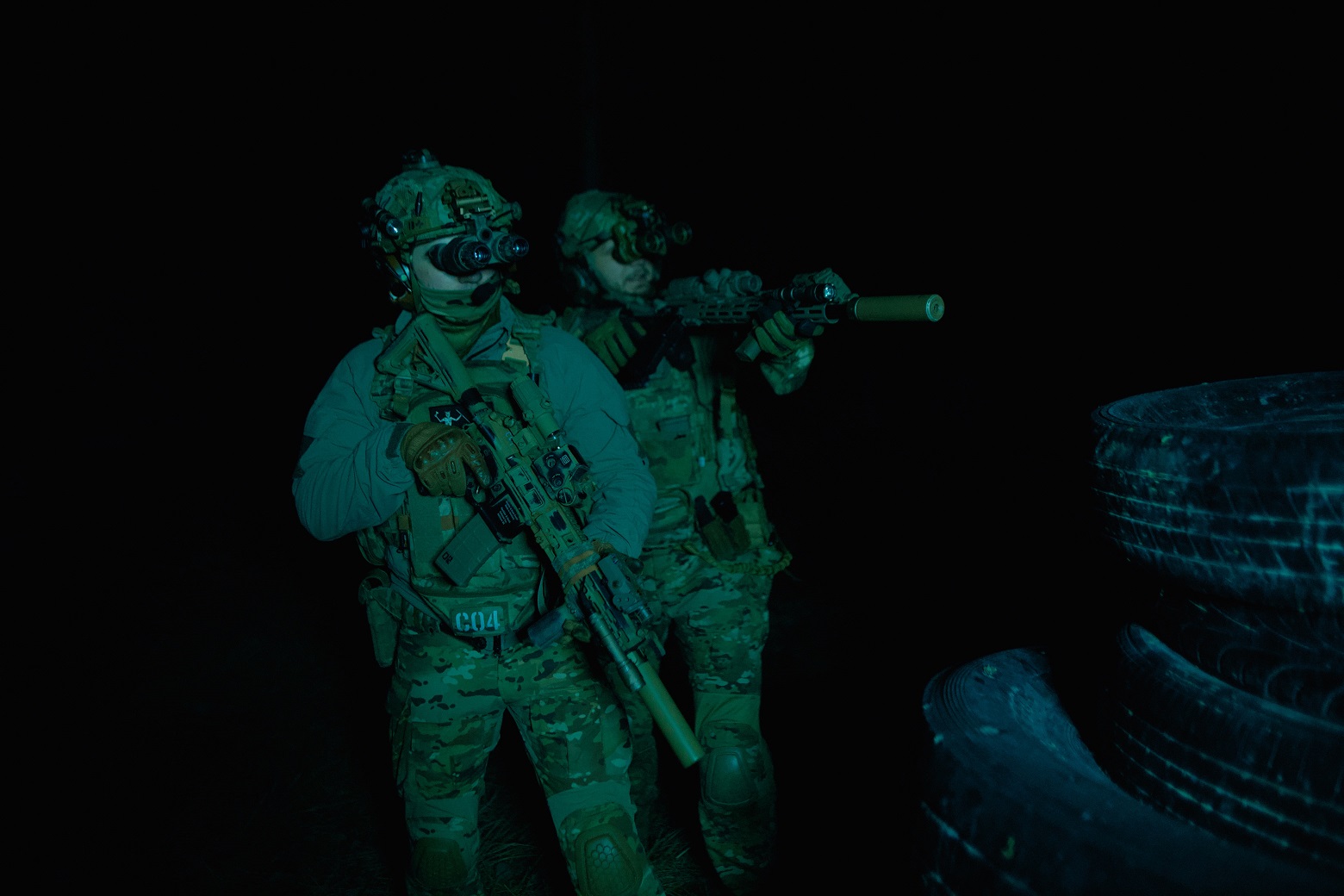Guide to Finding the Perfect Body Armor Size for Military Personnel
When it comes to military protection, body armor is an essential piece of equipment. It is important to select the right size of body armor to ensure maximum protection and comfort. There are a few factors that must be considered when selecting the right size body armor, including fit, coverage area, and mobility. Let’s look at how to choose the right body armor size for you or your team members in the military.
Fit: The most important factor when choosing body armor sizes is fit. You need to make sure that your body armor fits properly—not too loose or too tight—so that it can provide adequate protection without compromising movement or comfort. Your body armor should be snug enough to stay in place but not so tight that it restricts movement. It should also cover all key areas of your torso, such as vital organs and joints. If you are unsure of your proper size, ask a knowledgeable professional or someone who has had experience with this type of gear.
Coverage Area: Depending on the type of mission you will be engaging in, you may need more coverage than what a basic vest provides. For instance, if you are going into a hazardous environment where there could be splinters or shrapnel flying around up close, then additional soft armor plates may be necessary for additional protection from those threats. Additionally, some missions require full-body coverage for ultimate safety and security which would require larger sizes than basic vests alone can provide.
Mobility: Once you have determined your correct fit and coverage area based on mission requirements, it’s time to consider mobility. You want to make sure that whatever body armor you choose does not restrict your movements while still providing adequate protection from potential threats. Make sure that any straps are adjustable so they do not constrict movement and cause discomfort during long periods of wear or strenuous activity levels like running or jumping over obstacles.
Selecting the right size body armor isn’t something that should be taken lightly – especially when it comes to military personnel in active duty situations where lives are depending on having reliable gear at all times! It is important to take into account fit considerations such as coverage area needs and mobility restrictions before deciding on what type and size of body armor is best suited for any given mission profile requirement to keep soldiers safe and prepared at all times while they serve their country proudly.
For more articles, please click here.

